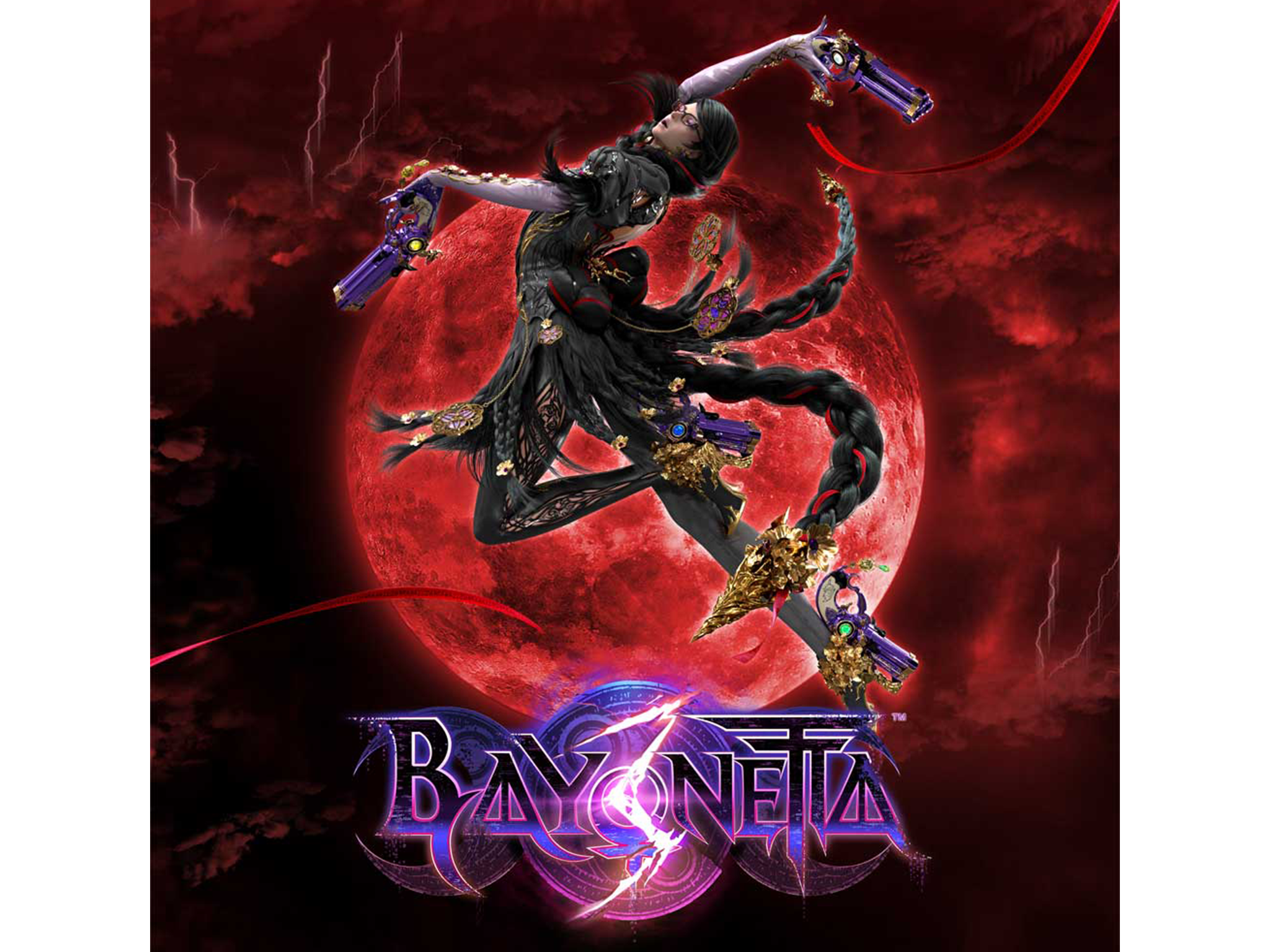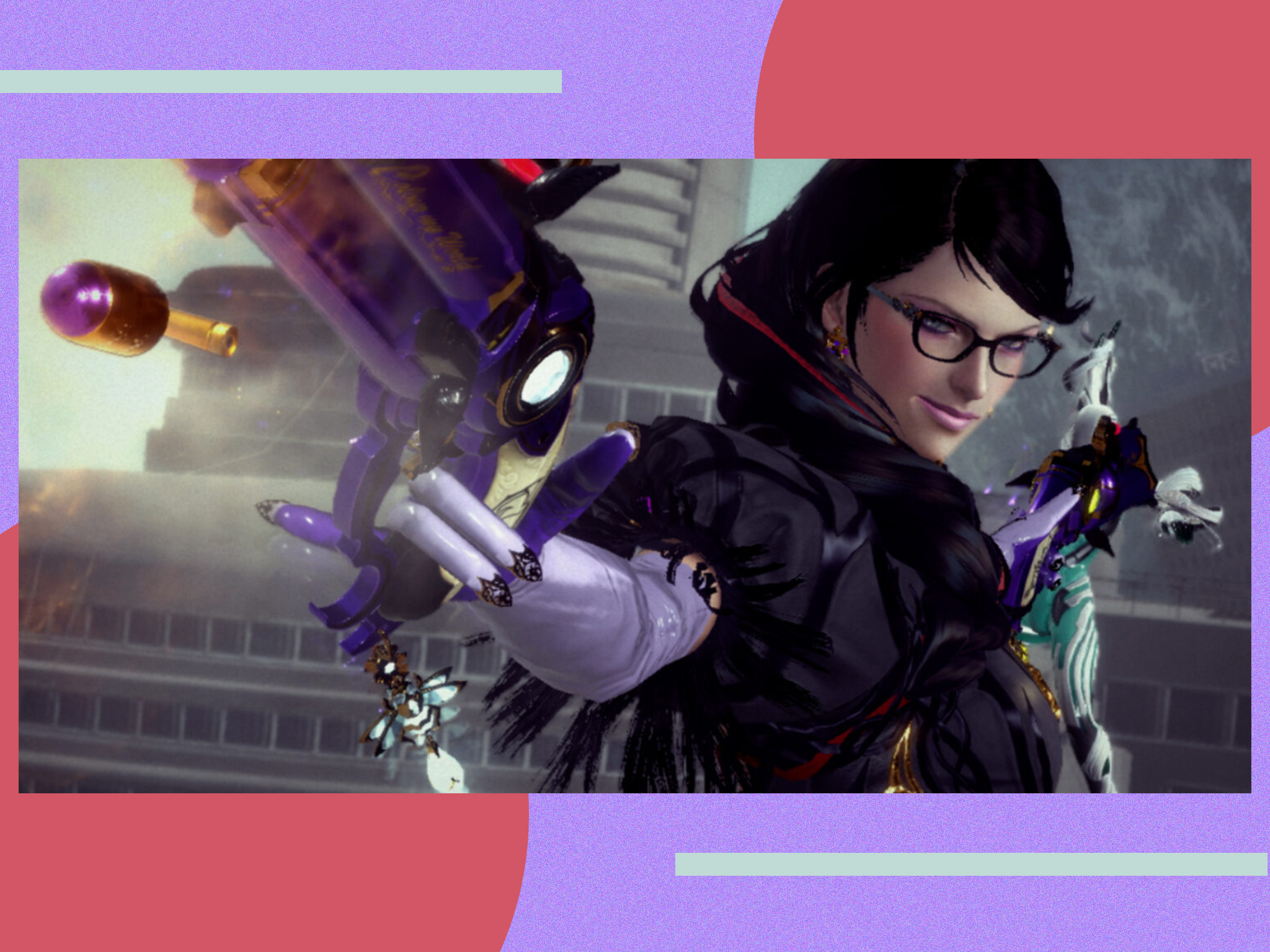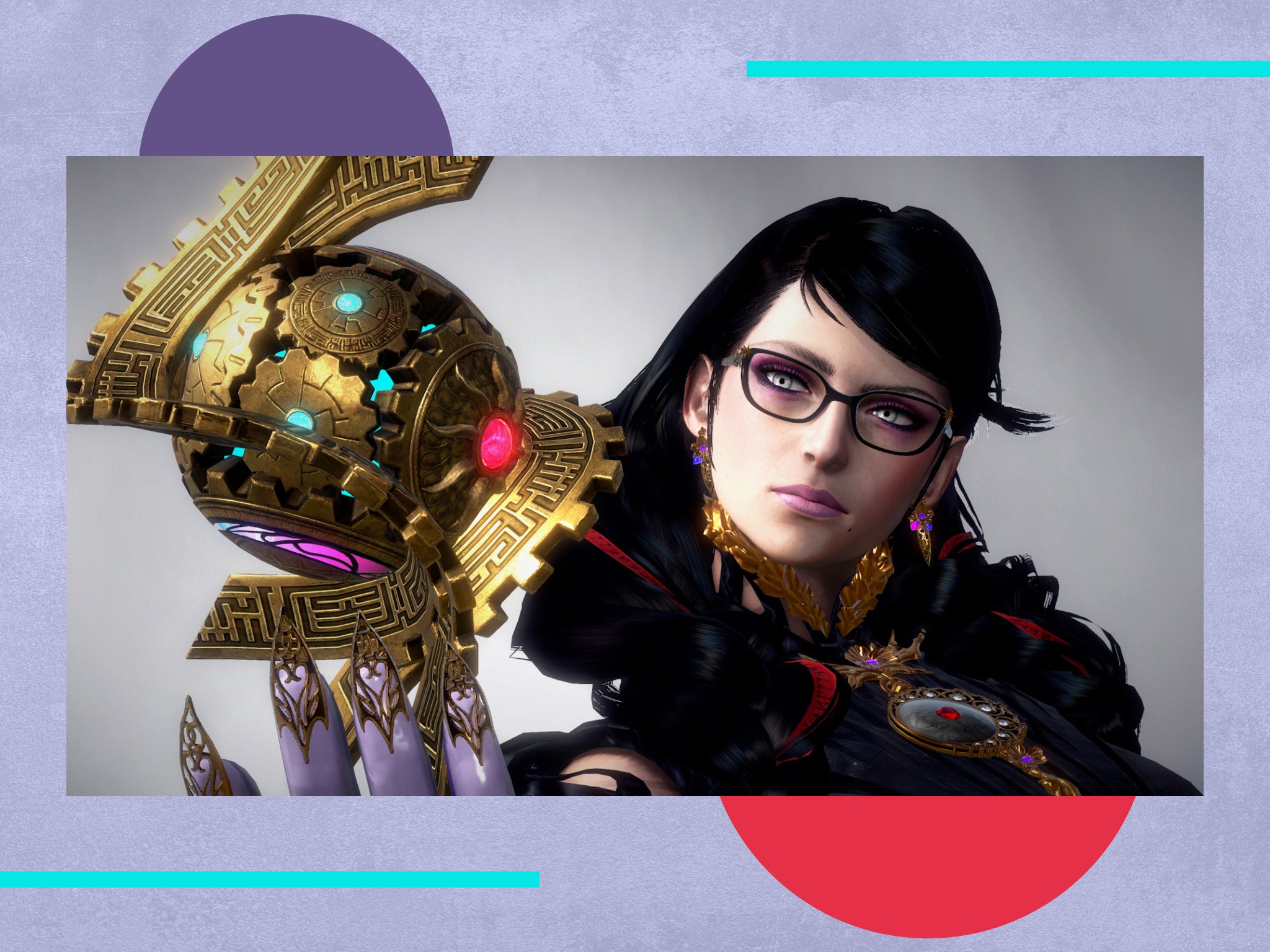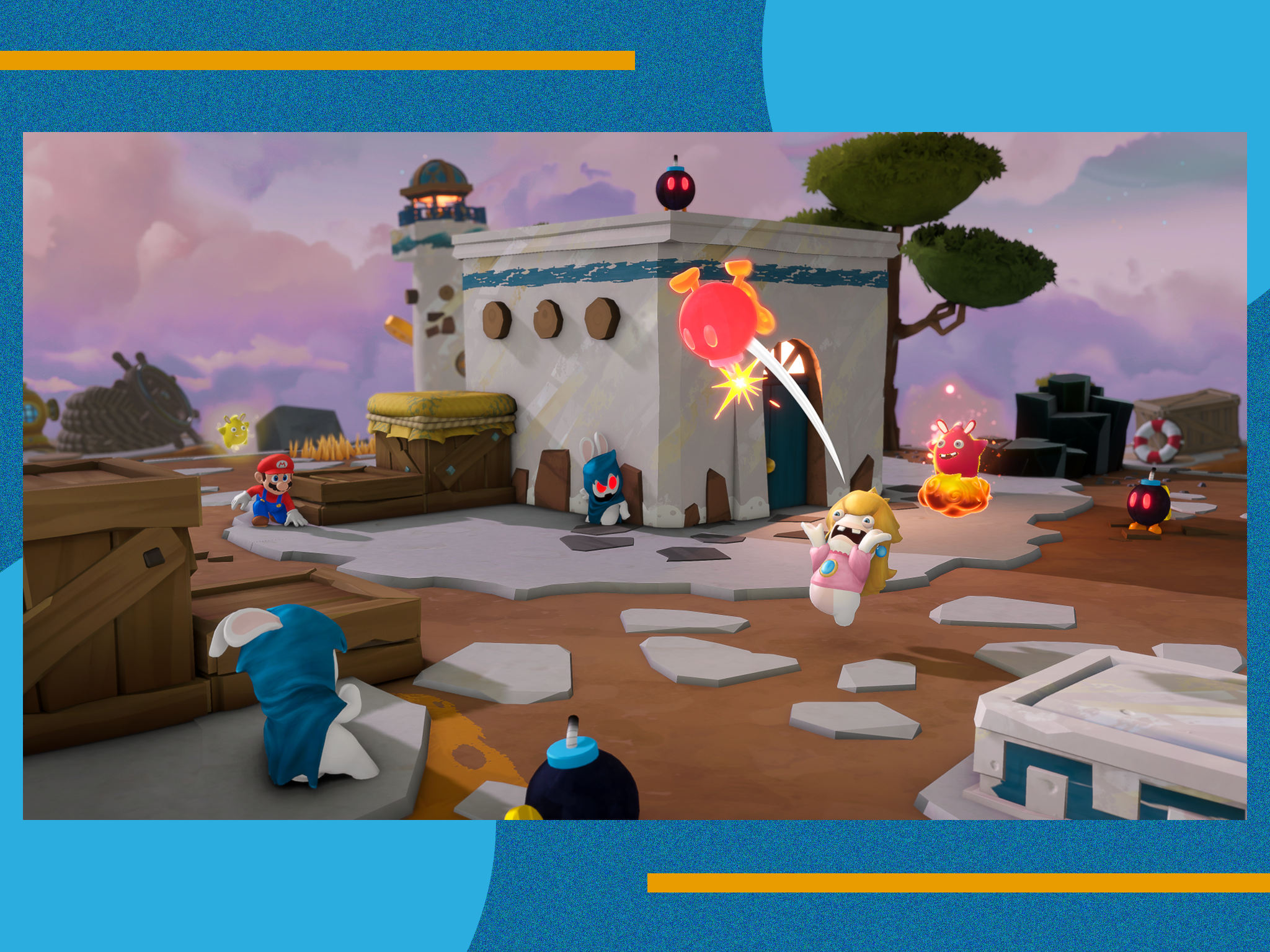‘Bayonetta 3'

- Release date: 28 October 2022
- Platforms: Nintendo Switch
- Age rating: 16+
The third in the series known for its outlandishness, this game is the latest to jump onto the multiverse bandwagon, with an evil entity known as the ‘singularity’ and its army of man-made homunculi that are tearing their way through time and space.
As the titular character chases down the threat by securing a portal to the “Alphaverse” to confront the new threat directly, she will come across her interdimensional counterparts, all bearing the same penchant for the avant-garde when it comes to fashion sense as well as choice of weaponry.
Bayonetta initially starts out with her four large-calibre handguns, before graduating through a wider array of larger weapons, each with their own skill trees, extensive combo attack lists and various strengths and weaknesses.
Read more: Best deals on Bayonetta 3 for Nintendo Switch
Bayonetta can assign two weapons to the left shoulder button, meaning they can quickly be swapped on the fly to string together even more possible modifiers. Perfectly dodging enemies will trigger “witch time”, which slows down enemies as Bayonetta unleashes a barrage of incoming attacks for a short period of time.
Bayonetta’s versatility and familiar fast action is assuredly on full display, with silky-smooth frame rates carrying much of the high-intensity action, as the character pivots and glides between enemies, with nary a drop in performance.
Even in the most frantic “verses” (Bayonetta’s version of stages in each level), movements and attacks are reflexive and visually overpowering, while still remaining within the Switch’s hardware capabilities. Cutscenes and other moments that enable players to pause for thought do show some technical limitations but, in the frenzy of a firefight, its capabilities are put to use where they matter most.
Read more: God of War Ragnarok first impressions
One of Bayonetta 3’s newest introductions to the series is the ability to directly control infernal demons in battle, rather than just as a deadly finisher, as was the case for the previous two titles.
It not only expands Bayonetta’s deadly loadout even further but also drastically changes the way Bayonetta is able to tackle larger opponents. The demons that Bayonetta can summon, from the dragon-like Gomorrah to the winged Malphas, can all be released onto a battlefield large enough to contain them for a limited time.
Up to three summons can be equipped at any time, to bring in powerful allies that can also leave Bayonetta exposed. It brings a significant change to the fast-action pacing of her own attacks, which makes for an expanded offering of an already complex and intricate battle system that lends itself well to experimentation with a huge number of combinations.
Read more: Upcoming Nintendo Switch games
Bayonetta 3’s other significant contribution to the series is newcomer Viola, another playable character with witch-like abilities, who is much more hot-blooded than Bayonetta and is capable of reflexive fast-paced combat.
Viola’s own arsenal is limited in comparison with Bayonetta’s, with access to only a katana and throwing darts, but her movesets are vastly different to make up for her weapon scarcity.
Viola is able to block and parry attacks to activate her own slow-motion witch time, rather than by dodging, which means even low-level enemies need a more methodical approach to take advantage of openings. By throwing her sword, Viola is also able to summon her own demonic companion – a large grinning cat, appropriately named Cheshire – and fight alongside it.
Read more: A Plague Tale Requiem review
Viola doesn’t have access to her katana while Cheshire is summoned but she is still able to engage in hand-to-hand combat, as Cheshire is left to his own devices. Interchanging between both characters between various stages requires some slight adjustment, to take advantage of each character’s strengths, but Viola’s introduction only adds to the diversity of different play styles in Bayonetta 3’s already burgeoning toybox of new ideas.
The game’s tritagonist, Jeanne, is another umbra witch who is also playable in a limited number of stealth-focused stages, which see her infiltrate a scientific research facility. Presented as a side-scrolling segment between the game’s main stages, it’s a simple, albeit unnecessary, distraction from Bayonetta 3’s already stellar action, and doesn’t do enough to provide a more meaningful sidecar, but, luckily, these moments are few and far between.
As with any character-action titles, even the most deadly foes are no match for Bayonetta’s biggest nemesis: a camera that struggles to keep up. It’s most noticeable when facing enemies large enough to dominate huge portions of an arena, and it’s a hard one to fault when there are so many cogs spinning in unison. Though it’s a small gripe, it can be a hindrance in Bayonetta 3’s explosive, more-difficult stages.












